Koert Vermeulen Lighting and Life
Posted on August 3, 2015It is fitting and proper that renowned Belgian designer Koert Vermeulen was chosen to light the Tree of Life at Expo Milano 2015. Rising over 121’ into the Milanese sky before spreading out into a spiraling pattern of interwoven curves, the structure rivets the attention of all who pass by. There is more to this magnificent work, however, than sheer beauty. Straddling a sleek walkway that separates two shimmering bodies of water, the Michelangelo-inspired tree conveys an unmistakable sense of harmony and balance — two qualities that have not only characterized Vermeulen’s creations, but also his approach to his life’s work.
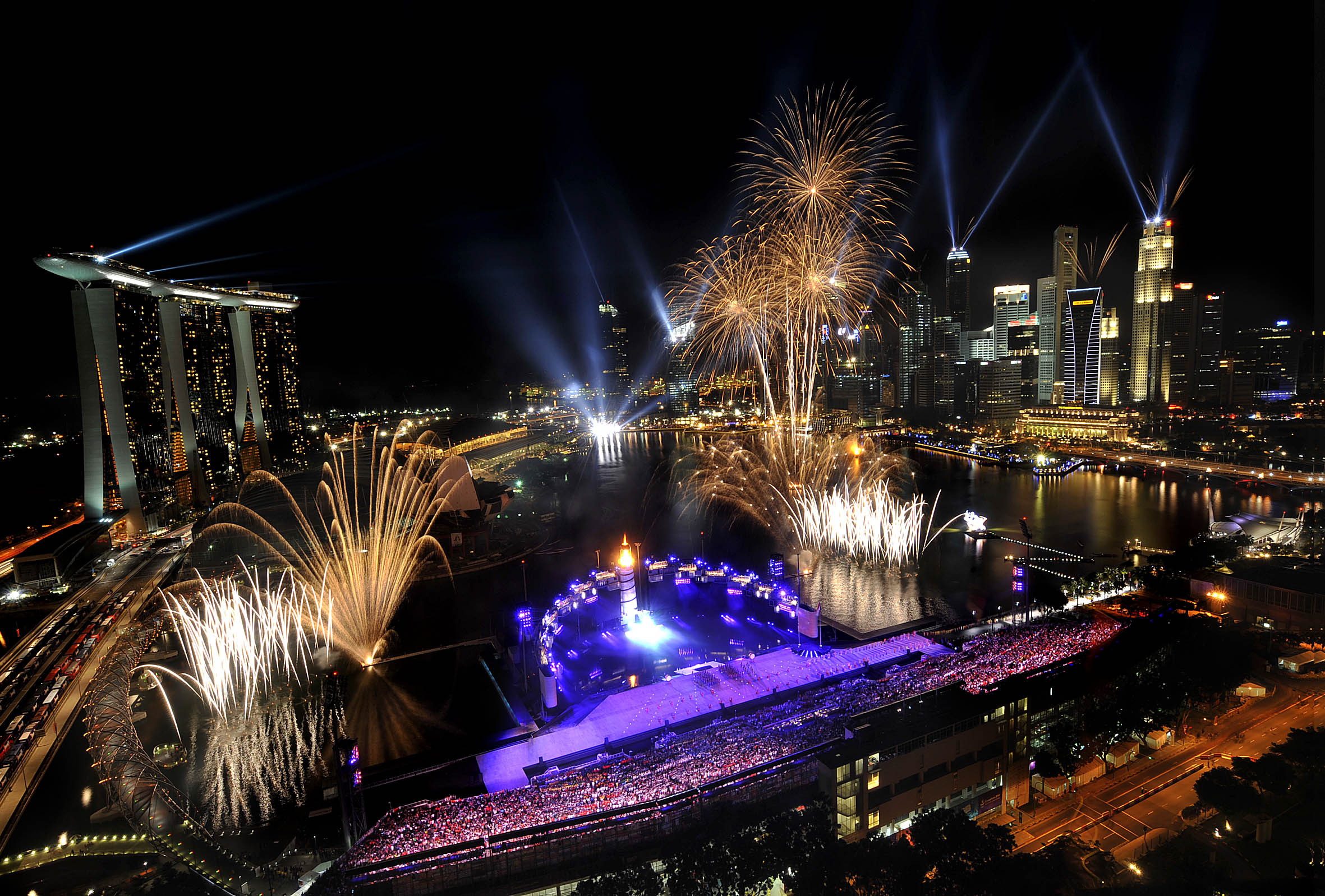
The Antwerp-born LD began working with light at the age of 14. By the time he was out of his 20s, he’d already established himself as a lighting designer to be reckoned with. In the ensuing years, he’s gone on to work at some of the most prestigious venues in the world like the Royal Library in the Hague and Champs-Élysées, where his Tree Rings lighting design has a been a holiday tradition for Parisians. At the same time, though, he’s equally at home designing for EDM concerts, corporate clients like Hermes and Microsoft, shopping malls and banks.
Maintaining this eclectic portfolio not only makes good business sense for Vermeulen’s firm, Brussels-based ACT Lighting Design, it also helps him maintain his own balance. Having to deal with the needs of a diverse mix of clients seems to have given him a big picture perspective that embraces lighting in all of its various dimensions. It also appears to have sharpened his own sense of vision, accentuating the qualities that make the man and his designs so unique. For our part, we deeply appreciated getting a glimmer into both. We trust you will too. Enjoy!
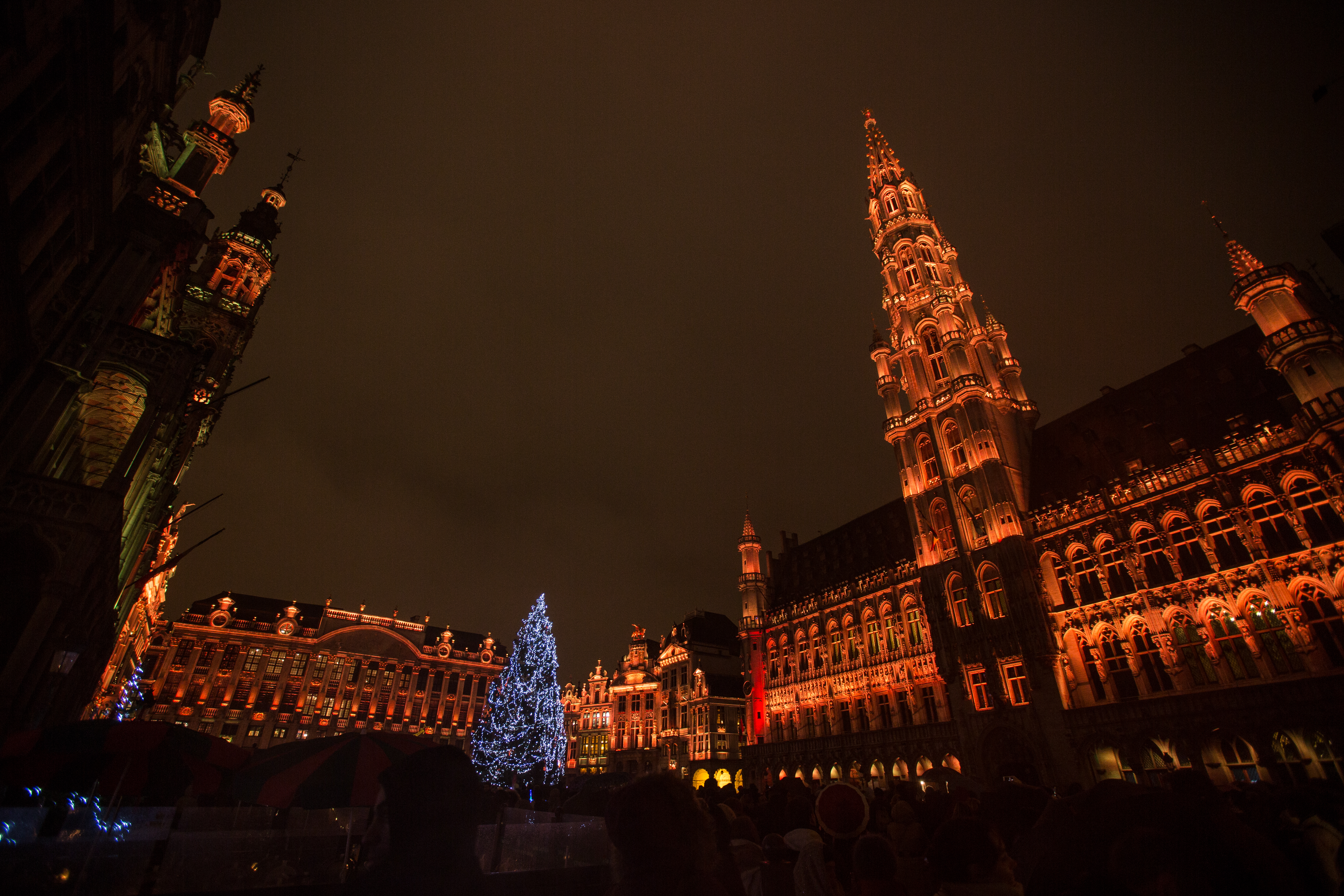
Your native city of Antwerp has a rich tradition of creative trailblazing stemming from geniuses like van Dyck and other artists. Have your roots in this city contributed to your sense of design?
“I don’t know. The easy answer would be ‘yes,’ but when you grow up in a city, you don’t recognize what it is doing to you – how it is influencing your way of looking at things. In retrospect though, I think I was influenced by my roots in this city, but it was a subliminal influence, not anything I thought about consciously. Many of my friends in secondary school went on to distinguished careers in the arts of some kind or another, so maybe it was our environment.”
We’re impressed by the way you’ve excelled in a diverse range of lighting genres from the Church of Sante Marie, to music festivals, to the Tree of Life at the Milano Exhibition. Why did you spread your wings so wide rather than specializing, the way many designers do?
“I think it may have to do with boredom; I always am in need of new challenges. Then also, going back to my background, Brussels is not strongly associated with a specific type of lighting as New York is with theater and television. SO, if you want to make a success of it, you have to be more diverse. There is no one dominant form of light here, so I do a range of projects – that plus the boredom explains it I think.”
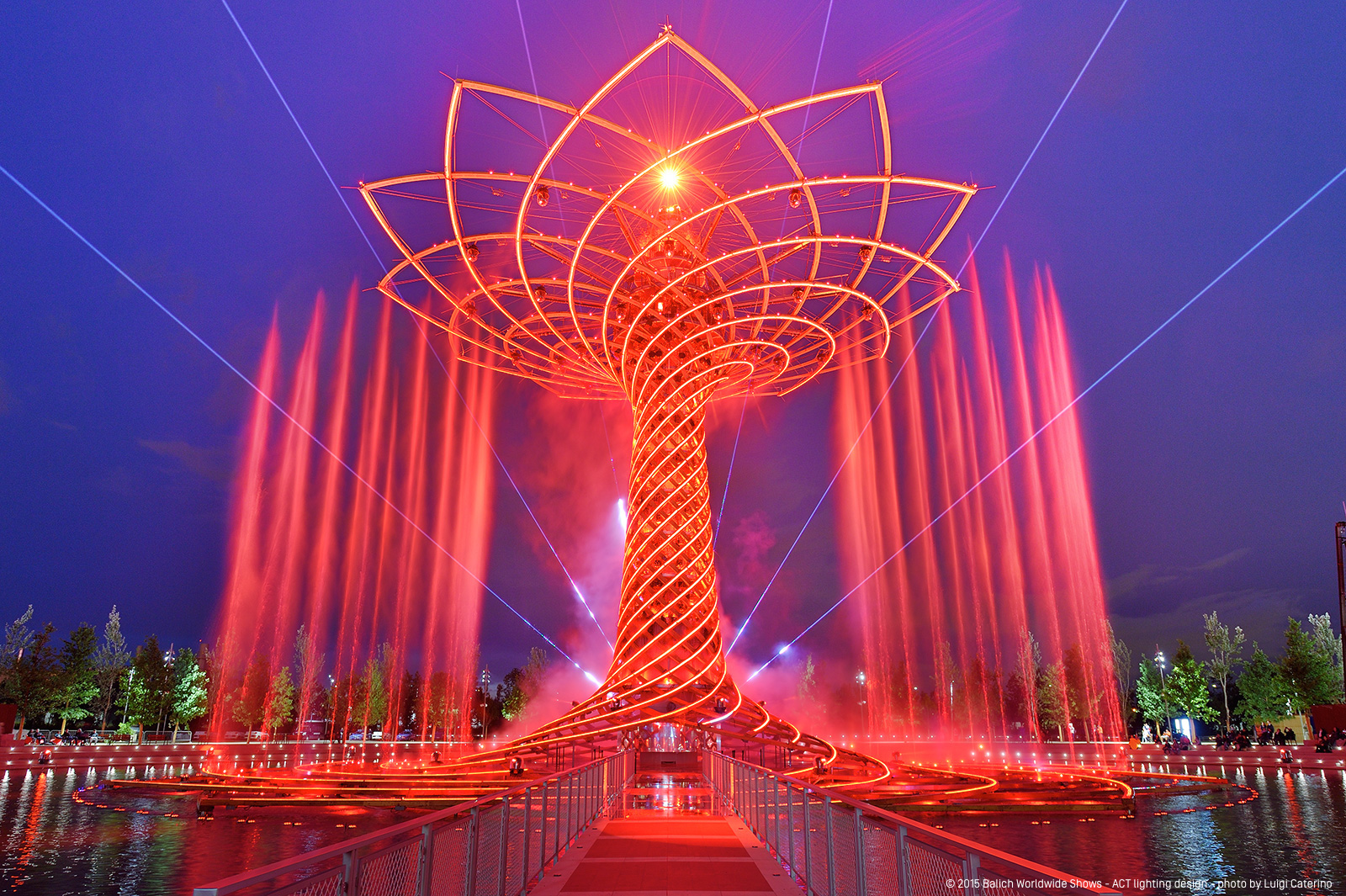
How do you achieve that balance?
“You must have a perspective – and if you want to express yourself completely and let your creative ego run wild, you should turn to light art. When you create light art you are accountable to no one but yourself. Your creation reflects your vision and you hope that people get your message, but in the end you are free to express that message. It is very gratifying.”
You have certainly had your outstanding accomplishments in light art; most recently your breathtaking Tree of Life at the Milano Exhibition in Italy. Can you talk about that?
“Yes thank you. I am very passionate and proud of that work. It was a wonderful feeling to create that art. The Tree of Life is based on a design by Michelangelo. The Tree of Life is really a metaphor of our lives. We spread out and grow over time. We achieve a balance along the way between the beauty of nature and the chaotic societal life we create as people. We have to recognize that progress always comes at a cost, so the best path is to balance the good and bad of nature and progress – just as we balance creativity and practical concerns in our lives as lighting designers.”
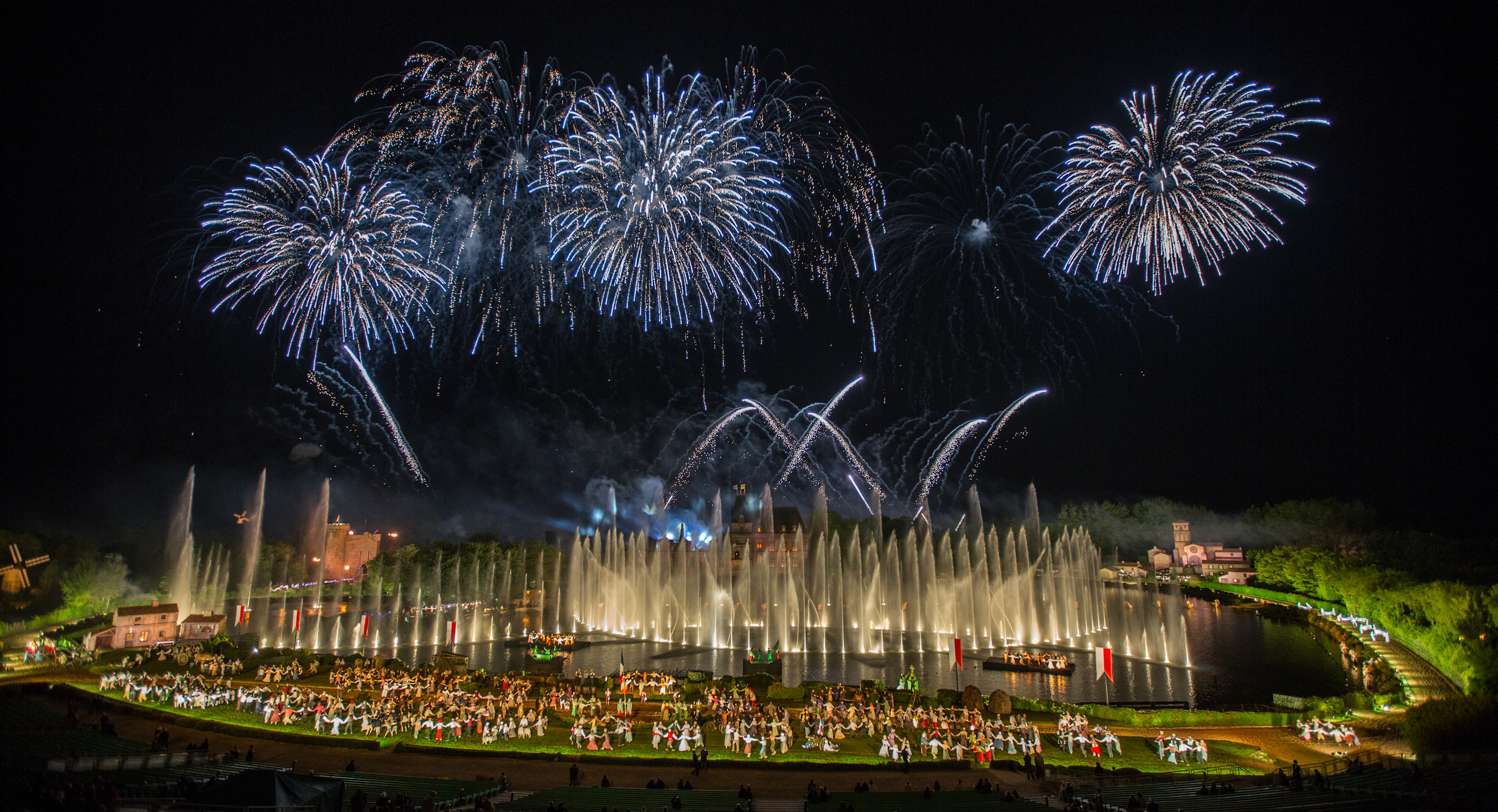
You seem to have achieved that balance in your career. Tell us how did this all get started for you in lighting?
“I started working with light when I was 14, renting equipment from a friend. I lit fashion shows, concerts and other events. I was always surrounded by light. I liked the business and creative sides of what I was doing. The idea of being a lighting designer wasn’t really known to me until a few years later, but I was doing it at least in my own way back then. I didn’t know what lighting design was until I was 22, but I was doing it.”
A moment ago you mentioned Michelangelo; do you think Renaissance painters like him would have been good lighting designers, given the way they use colors and shading?
“Interesting question, but I don’t know the answer. These painters would certainly have been interested in what we do as lighting designers. They were trying to get as close as possible to nature on their canvases. They were passionate about capturing how lighting interacts with people. But would that make them good lighting designers? I don’t know. What is a good lighting designer anyway?”
Great question. Do you have an answer?
“Ha ha! I’m not sure I can answer that one! I don’t think I’ve worked enough or know enough to give you a good answer that applies to all situations. There is so much that goes into lighting design that it’s impossible to answer.”
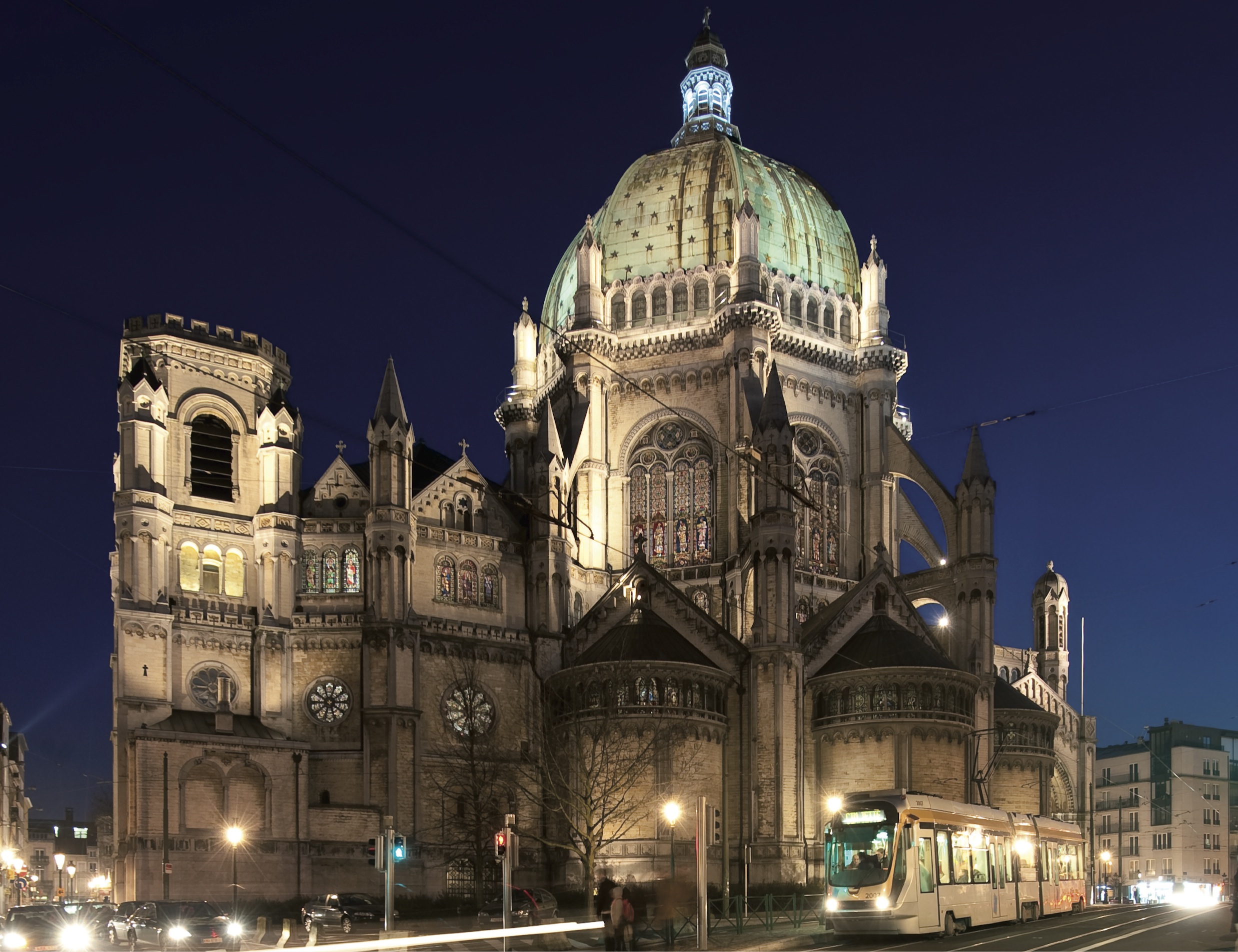
How do you achieve that balance?
“You must have a perspective – and if you want to express yourself completely and let your creative ego run wild, you should turn to light art. When you create light art you are accountable to no one but yourself. Your creation reflects your vision and you hope that people get your message, but in the end you are free to express that message. It is very gratifying.”
You have certainly had your outstanding accomplishments in light art; most recently your breathtaking Tree of Life at the Milano Exhibition in Italy. Can you talk about that?
“Yes thank you. I am very passionate and proud of that work. It was a wonderful feeling to create that art. The Tree of Life is based on a design by Michelangelo. The Tree of Life is really a metaphor of our lives. We spread out and grow over time. We achieve a balance along the way between the beauty of nature and the chaotic societal life we create as people. We have to recognize that progress always comes at a cost, so the best path is to balance the good and bad of nature and progress – just as we balance creativity and practical concerns in our lives as lighting designers.”
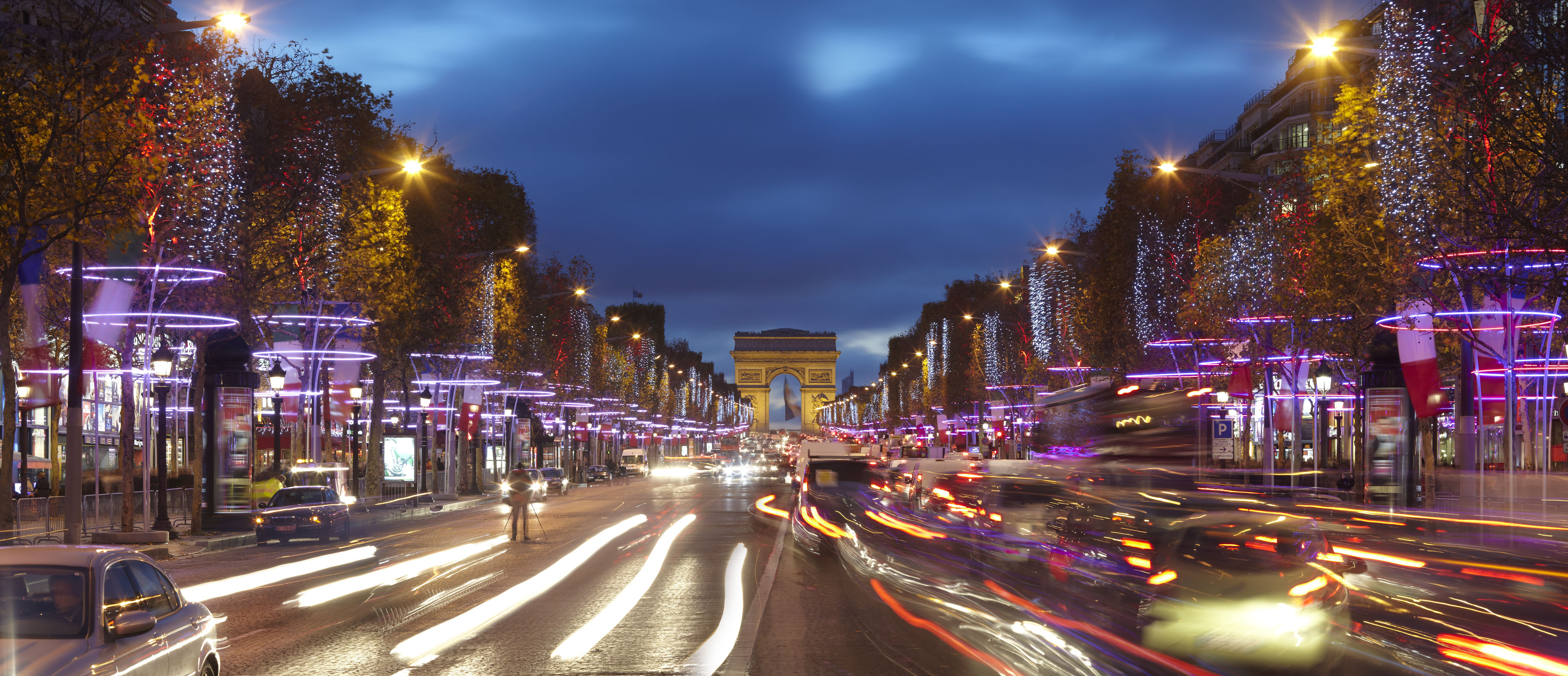
You seem to have achieved that balance in your career. Tell us how did this all get started for you in lighting?
“I started working with light when I was 14, renting equipment from a friend. I lit fashion shows, concerts and other events. I was always surrounded by light. I liked the business and creative sides of what I was doing. The idea of being a lighting designer wasn’t really known to me until a few years later, but I was doing it at least in my own way back then.
I didn’t know what lighting design was until I was 22, but I was doing it.”
A moment ago you mentioned Michelangelo; do you think Renaissance painters like him would have been good lighting designers, given the way they use colors and shading?
“Interesting question, but I don’t know the answer. These painters would certainly have been interested in what we do as lighting designers. They were trying to get as close as possible to nature on their canvases. They were passionate about capturing how lighting interacts with people. But would that make them good lighting designers? I don’t know. What is a good lighting designer anyway?”
Great question. Do you have an answer?
“Ha ha! I’m not sure I can answer that one! I don’t think I’ve worked enough or know enough to give you a good answer that applies to all situations. There is so much that goes into lighting design that it’s impossible to answer.”